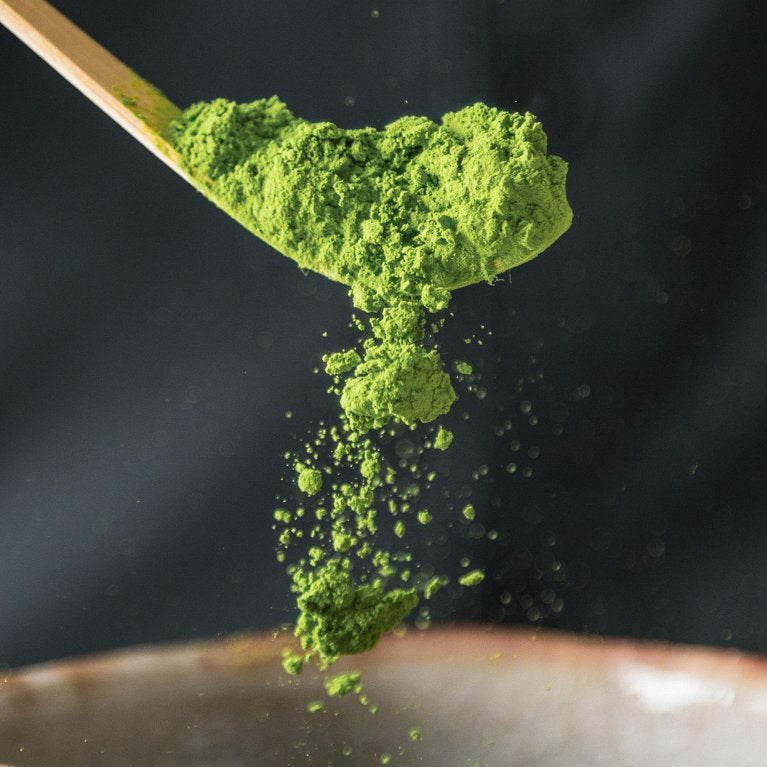THIRD WAVE TEA
by Hao Jing | October 11, 2019
Third Wave Tea Series
He removed his long sword, the mark and honour of a samurai, to crawl through a small opening into the chashistu. The room was small with only 2 tatami-mat of space, rustic and minimally decorated in muted colours. In such a space, there is only room for two. The host and the guest. They do not speak, for the noise of the world is plenty. And the ceremony is an escape, however brief, from the world.
The coffee scene has, arguably, been the most exciting amongst the F&B industry for the past decade. Since the turn of the century, the 3rd wave of coffee swept through the world and created what is now known as specialty coffee.
From a simple commodity, coffee was transformed into an artisanal product, where great emphasis is placed upon every step from bean to cup. Traditional dark roasting that resulted in a heavy, bitter and almost uniformed product, gave way to lighter roasts that better showcase the quality and natural characteristics of the beans.
In contrast, the tea scene has remained largely unchanged, with exception to the bubble tea phenomenon. Tea practitioners tend to hold on firmly to the traditions, favouring heritage over innovations. The chanoyu (Japanese tea ceremony) has also remained constant for centuries, and its students were taught to follow and master every action. But it hasn’t always been this way. There was a time when tea was about innovation, and ever changing to suit the needs of people.
Sen no Rikyu, the single most influential figure in the history of sado (Way of Tea), was extremely clear about this. When tasked to build a chashitsu for his master’s new castle, he abandoned the traditional 4.5 tatami-mat layout and created a 2 tatami-mat room using recycled material. In a time where the tea ceremony was used to display one’s wealth and status, the wabi sabi decor chosen was hardly befitting of his master’s supreme leader status.
But he knew that the tea ceremony's ultimate mission was to serve the guests. To satisfy their innermost needs. The guests of Rikyu lived in a turbulent era. But for a few brief moments in the tea ceremony, they can leave behind the mundane concerns of the world, and meditate over a bowl of tea.
Fast forward four decades, in a time where most of us are glued to a screen, where communication between friends are often in the digital realm, would Rikyu still conduct his ceremony in a quiet, solemn fashion? Or would he put the true needs of his guests above traditions once more, and favour conversations?
The 3rd wave of coffee hinges on respect for the product. Thus the careful planning from terroir, roast level, and even the mineral level in the water used — all in an attempt to best showcase the artisan’s interpretation of the humble bean.
But the 3rd wave of tea requires all that and more. It is not enough to have better and more relevant methods to bring the farmers' labour to their full potential. But to rethink the fundamental purpose of tea, which is to quench the thirst of not just the body, but also the soul.
There is an eagerness to build up the culture of tea befitting of our current generation. As we share the possibilities that tea brings, we continue to discover the many nuances and intricacies of this evolving beverage. Join us on this journey of uncovering not just tea, but the soul as well.









